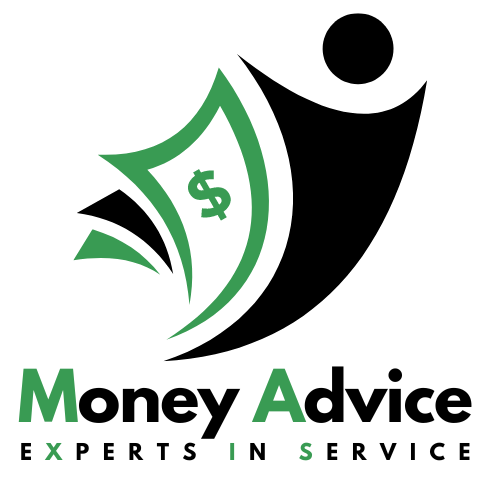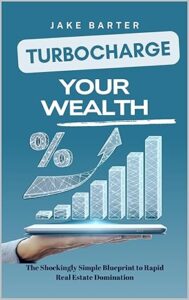When it comes to taking out a loan, one of the most important decisions you’ll need to make is whether to choose a fixed or variable interest rate. Each option has its own set of pros and cons, and understanding them can help you make an informed decision that aligns with your financial goals. In this article, we’ll explore the advantages and disadvantages of both fixed and variable interest rates to help you determine which option is best for you.
Fixed Interest Rates
Fixed interest rates remain the same for the entire duration of your loan. This means that your monthly payments will also remain constant, providing you with a sense of stability and predictability. Here are some of the pros and cons of opting for a fixed interest rate:
Pros:
- **Predictable Payments:** With a fixed interest rate, you’ll know exactly how much you need to budget for each month, making it easier to plan your finances.
- **Protection from Rate Increases:** If market interest rates rise, your fixed rate will remain unaffected, saving you money in the long run.
- **Simplicity:** Fixed interest rates are straightforward and easy to understand, making them a popular choice for many borrowers.
Cons:
- **Higher Initial Rates:** Fixed interest rates tend to be slightly higher than variable rates, which could result in higher initial monthly payments.
- **No Benefit from Rate Decreases:** If market interest rates fall, you won’t be able to take advantage of lower rates with a fixed interest rate.
- **Early Repayment Penalties:** Some fixed-rate loans come with penalties if you try to pay off your loan early, limiting your flexibility.
Variable Interest Rates
Variable interest rates, on the other hand, fluctuate based on market conditions. While this means that your monthly payments can vary, variable rates also come with their own set of advantages and disadvantages. Here are some of the pros and cons of choosing a variable interest rate:
Pros:
- **Lower Initial Rates:** Variable interest rates are often lower than fixed rates, allowing you to benefit from lower monthly payments at the start of your loan.
- **Potential for Rate Decreases:** If market interest rates fall, your variable rate will also decrease, saving you money over time.
- **Flexibility:** Variable rates typically come with more flexible terms, such as the ability to make extra repayments without penalties.
Cons:
- **Uncertainty:** The main drawback of variable rates is the uncertainty of future payments, as they can increase if market interest rates rise.
- **Budgeting Challenges:** Fluctuating monthly payments can make it harder to budget and plan for your expenses.
- **Risk of Rate Increases:** If market interest rates go up, your monthly payments could increase significantly, putting a strain on your finances.
Ultimately, the choice between a fixed and variable interest rate will depend on your individual financial situation and risk tolerance. If you prefer the stability of knowing exactly how much you’ll pay each month, a fixed rate may be the best option for you. On the other hand, if you’re comfortable with some level of uncertainty and want to take advantage of potential rate decreases, a variable rate could be more suitable.
Before making a decision, it’s important to carefully weigh the pros and cons of each option and consider factors such as your long-term financial goals, current interest rate trends, and your ability to handle fluctuating payments. Consulting with a financial advisor can also help you make an informed choice that aligns with your unique needs and preferences.
Whichever type of interest rate you choose, remember to carefully review the terms and conditions of your loan agreement to ensure that you fully understand the implications of your decision. By taking the time to educate yourself and evaluate your options, you can make a confident and well-informed choice that sets you on the path towards achieving your financial goals.

 Turbocharge Wealth
Turbocharge Wealth 30 Ways To Pay Off
30 Ways To Pay Off Rattle the Market
Rattle the Market McDonald’s Monopoly
McDonald’s Monopoly Side Hustle
Side Hustle Stock Market
Stock Market